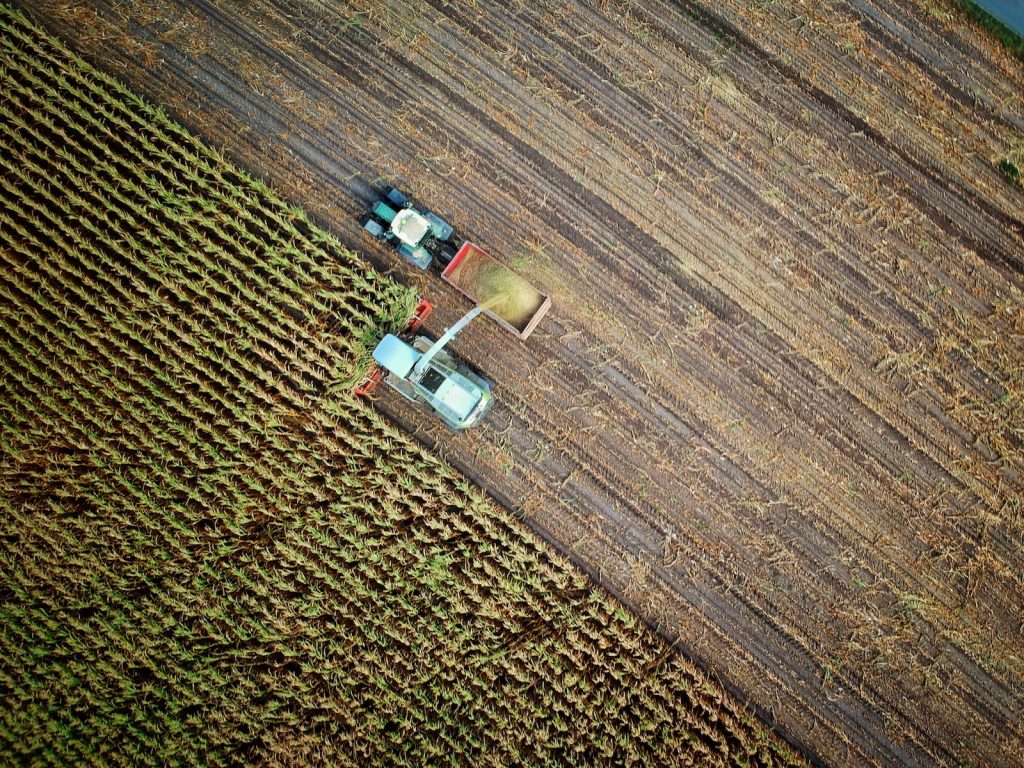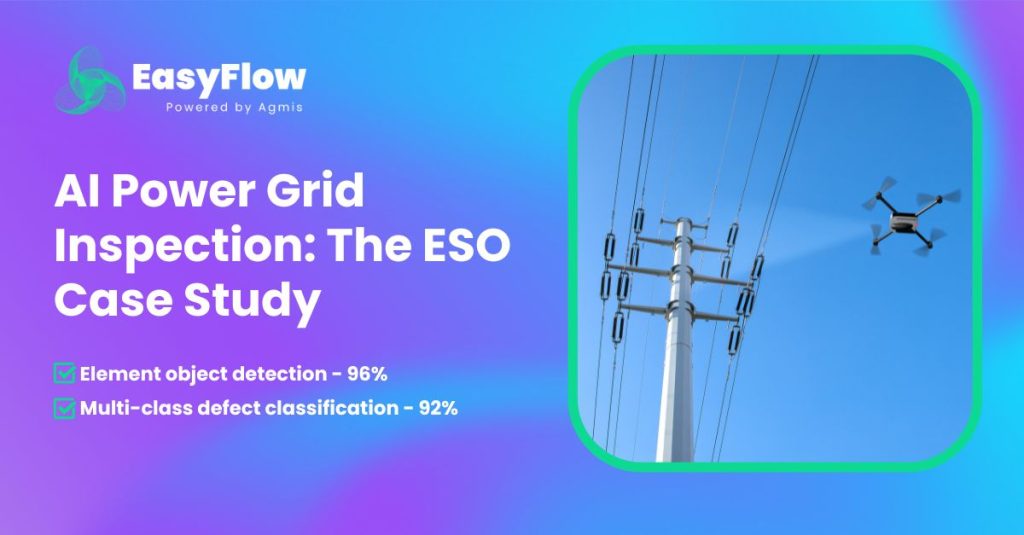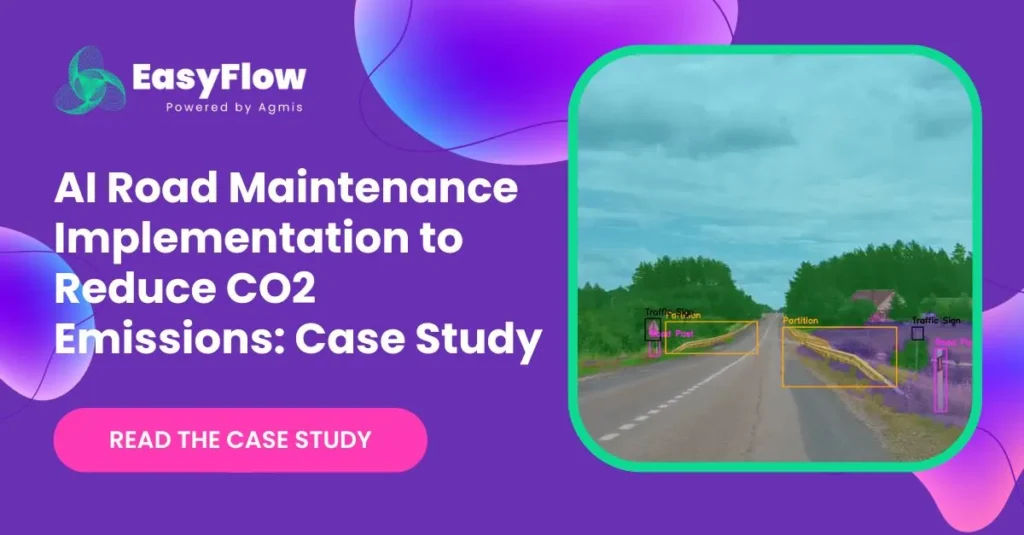Farming might be one of the oldest trades in the world. Yet emerging technologies are turning agriculture into an exact science.
Artificial Intelligence, Machine Learning and Computer Vision applications are now employed to evaluate field conditions, soil moisture, identify crop disease, predict weather and crop yields.
Computer Vision in agriculture helps farmers to make better informed decisions and gather vast amounts of data which was not available even a few years ago.
Satellite imaging as well as UAV footage help to analyse vast tracts of land and improve farming practices.
Let’s take a look how the latest technologies make farming more productive, efficient and less labor intensive.
Improving Crop Yields


By utilizing AI and Computer Vision models farmers can monitor crop growth in near-real time. For larger areas, satellite imaging can provide a birds-eye view of crop conditions. For a closer look, drones proved to be a cheap and efficient tool to collect data.
Specialist machine learning models can then identify crop conditions, lack of moisture, weed overgrowth, crop diseases. In this way ailments can be applied to the particular area of the field – introducing precision agriculture practices. This can reduce labor required to maintain crops, as well as reduces pesticide usage.
The platforms can also help to predict forthcoming yields and identify crop losses due to disease, insects or natural conditions.
In a nutshell – Computer Vision in Agriculture tools brings farming closer to more predictable and manageable operations like manufacturing.
Automating Produce Sorting
In some cases agriculture produce is graded based on the quality and size dimensions. A lot of produce sorting – even discarding the ‘bad apples’ – is still performed manually with only limited mechanical automation.
Computer Vision in Agriculture solutions help to identify product defects, sort the produce by weight, color, size, ripeness and many other factors. Paired with proper mechanical equipment, they can provide huge time savings and reduce time-to-market.
Introducing Farming Robots
Autonomous machines have already made inroads into agriculture. Heavy machinery, including tractors and harvesters, rely on GPS and crop intelligence data for partially autonomous operations.
The improvements in Computer Vision applications and supporting data will pave the way for more autonomous machinery operating in the fields.
Coupled with crop quality data, farming bots will know exactly what areas of the field to work. By introducing clear rules for fruit picking and sorting, fruit-picking bots can only select and pick the fruits that are ready for harvesting.
All of these innovations will require less human input in the areas where human labor adds little value, enabling farmers to focus more on crop management and the business side of agriculture operations.
The Future is Now
The large scale industrial farmers have already embraced agriculture futuretech and are moving towards autonomy and automation.
However, the development of AI and Computer Vision technologies are making these tools accessible even to smaller farms.
EasyFlow – a Computer Vision application developer – provides data analysis services to farmers. EasyFlow Agritech platform allows farmers to upload UAV video footage or satellite images. The platform provides specialist reports on crop yields, soil conditions and many other factors per client requirements.
Ready to step into the future of agriculture?
Do get in touch.
Curious About The Above Solution?
Chat with Vejūnė and explore your possibilities without any commitment.


Vėjūnė Krašinskienė
Chief Operating Officer
Book a no-obligation free consultation with our expert.


